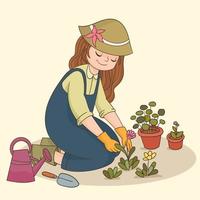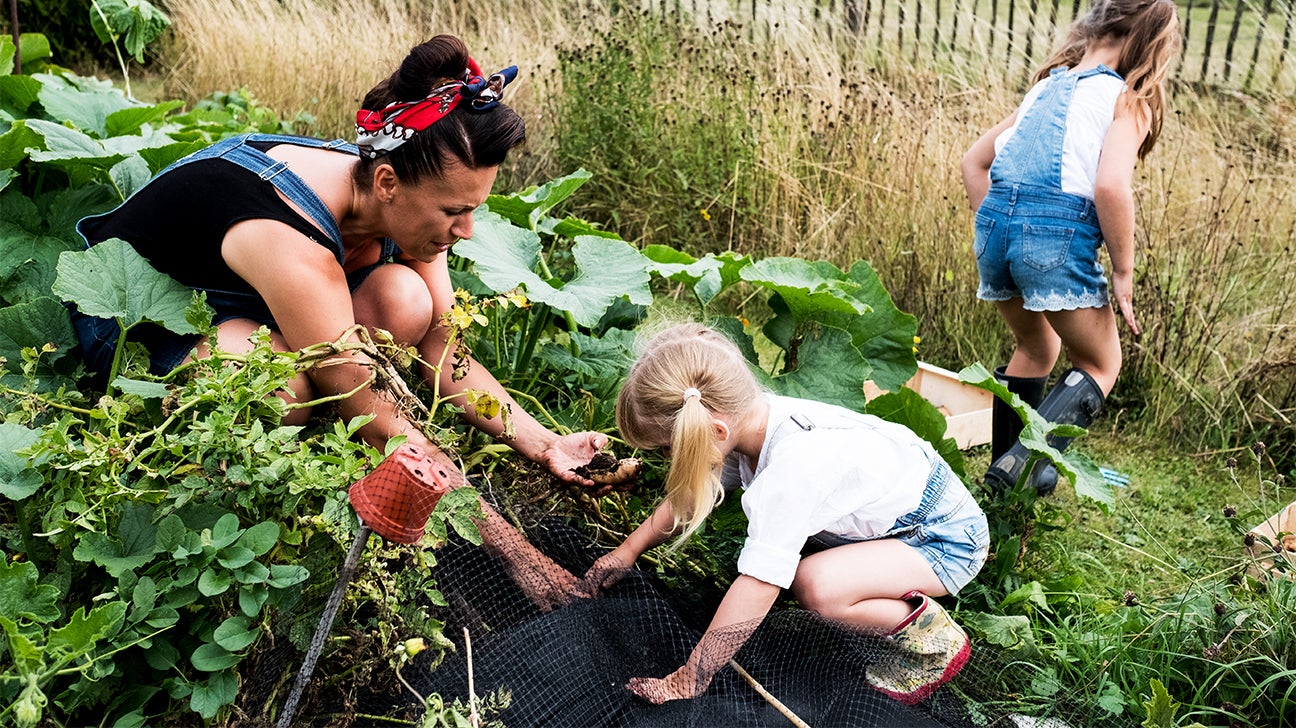From Beginner to Eco-friendly Thumb: A Step-by-Step Trip Through the Art of Gardening

Comprehending Your Horticulture Room
To begin your gardening journey, it is necessary to understand the special attributes and restrictions of your horticulture room. Take a minute to observe your environments. Is your room small or big? Is it exposed to complete sunlight or does it get partial color? Exist any kind of particular difficulties you may encounter, such as inadequate soil top quality or restricted water accessibility? Comprehending these variables will certainly aid you make notified decisions concerning the kinds of plants that will thrive in your space.
Consider the size of your horticulture area. If you have a tiny area, you may require to concentrate on container gardening or upright horticulture to optimize your growing location. On the other hand, if you have a big room, you have the luxury of growing a variety of plants and creating different areas within your yard.
If your space is shaded, you can choose for shade-loving plants like hostas or ferns (newbie gardening). If your area receives full sun, you can expand a large variety of plants, including vegetables, blossoms, and herbs.
Last but not least, think about any kind of difficulties or limitations certain to your area. You might require to amend it with garden compost or pick plants that are tolerant of less-than-ideal conditions if your dirt top quality is inadequate. If water is scarce, you can go with drought-tolerant plants or apply water-saving strategies like mulching.
Selecting the Right Plants for Your Garden
Select plants that are fit to your yard's distinct problems and your individual choices. When picking plants for your garden, it is crucial to think about aspects such as sunlight, dirt kind, and climate. Some plants choose well-drained soil, while others grow in clay-like or wet soil.
It's additionally worth thinking about the maintenance degree of the plants you pick. Some plants need more treatment and focus, while others are extra low-maintenance.
Preparing the Soil for Growing
Most plants choose a slightly acidic to neutral pH, around 6.0 to 7.0. Inadequately drained dirt can lead to water logged origins and other plant health problems. By examining and making needed amendments to your soil, you can develop an ideal environment for your plants to prosper.
Nurturing and Preserving Your Yard
Make sure to sprinkle your plants deeply, permitting the water to permeate the soil and get to the roots. Normal weeding is additionally crucial to maintain your yard cost-free from unwanted plants that complete for nutrients and room. Frequently inspect your plants for any indicators of invasion or disease and take instant action to avoid more damage.
Troubleshooting Common Horticulture Issues
To address common horticulture issues, beginning by identifying the trouble and taking prompt activity. Among the most common issues gardeners face is insects. You may have a bug invasion if you see chewed leaves or plants that are shriveling for no noticeable reason. Inspect your plants very closely for indications of pests or other pests. If you identify any, eliminate them manually or best site make use of organic pest control techniques. One more usual issue is nutrient deficiency. If your plants have actually yellow or tarnished fallen leaves, they may not be obtaining sufficient nutrients. Take into consideration feeding your dirt or including compost to improve its nutrition web content. Overwatering is another concern that can harm your plants. You may be overwatering if you notice water logged dirt or wilting in spite of adequate watering. Change your watering timetable accordingly and guarantee proper drainage. Finally, disease can additionally affect your yard. If you see places, mold, or uncommon growth on your plants, maybe a sign of illness. Get rid of influenced plants and treat the remaining ones with natural fungicides or chemicals. By immediately resolving these typical issues, you can make sure the health and wellness and success of your garden.
Verdict
Congratulations! You have actually efficiently finished the trip from newbie to eco-friendly thumb in the art of gardening. By comprehending your gardening area, choosing the More Help right plants, preparing the soil, and supporting your garden, you have actually conquered typical horticulture issues like a pro. Currently, equipped with understanding and experience, you are all set to appreciate the appeal and abundance of your growing yard. Maintain the wonderful work and continue to grow your green thumb!

When choosing plants for your yard, it is essential to think about elements such as sunshine, dirt type, and environment. Some plants like well-drained soil, while others prosper in clay-like or damp dirt (newbie gardening). By comprehending your gardening space, picking the right plants, preparing the dirt, and nurturing your garden, you have actually conquered common horticulture concerns like a pro